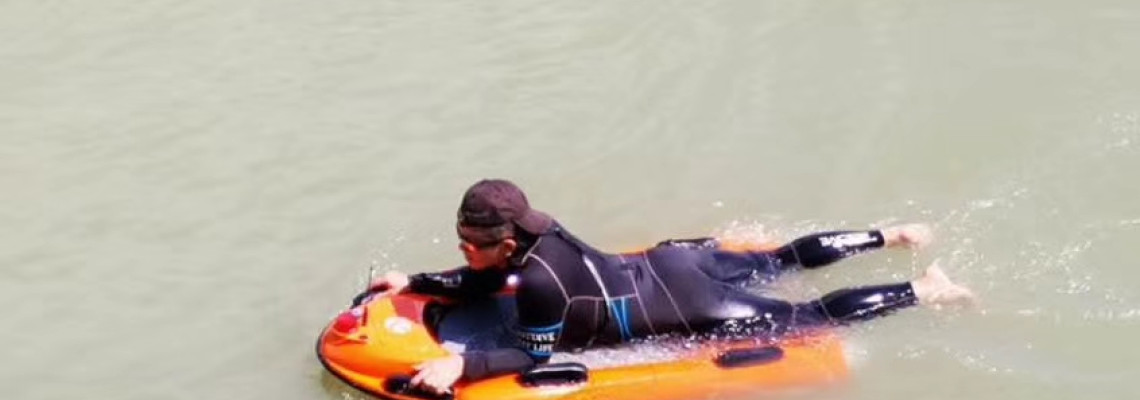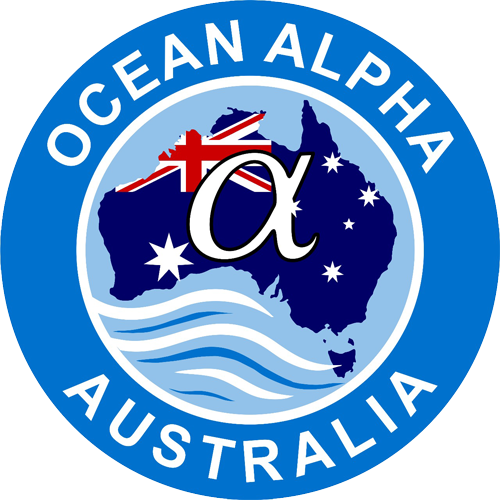
Stretcher Bed (USV): The Future of Water Rescue Operations
In the realm of modern emergency response, technological innovation is saving more lives than ever before. One of the latest advancements in water rescue is the powered rescue stretcher bed, a device that combines the features of a medical stretcher with the capabilities of an Unmanned Surface Vehicle (USV).
Designed to operate remotely and navigate challenging water environments, this stretcher bed offers safe, rapid, and autonomous victim recovery in water-based emergencies. Whether deployed from a shore, pier, or vessel, it can revolutionize how first responders manage life-threatening water rescues.
What is a Powered Rescue Stretcher Bed?
A powered stretcher bed USV is a remote-controlled watercraft designed to rescue victims in aquatic environments such as seas, rivers, lakes, and flood zones. Unlike traditional rescue stretchers, this device is motorized, buoyant, and self-navigating, and it does not require direct human operation on the water.
Core Components:
Floatable stretcher platform
Electric or jet propulsion system
Remote control or autonomous navigation
GPS and sensors for stability and tracking
Battery-powered energy system
Safety belts and handles for patient security
Key Features and Capabilities
✅ 1. Remote-Controlled Navigation
The stretcher can be guided by a remote control system from the shore or a vessel, ensuring rescuers don’t need to enter dangerous waters.
✅ 2. Unmanned Surface Vehicle (USV) Design
Functions as a compact, unmanned boat capable of traversing through waves, currents, or floodwaters. It often uses jet propulsion or electric thrusters for mobility.
✅ 3. Patient Immobilization
The stretcher bed is designed to secure a victim in place—even if unconscious or injured—using straps and a supportive frame. This reduces the risk of further injury during retrieval.
✅ 4. Autonomous Return Mode
Many models come equipped with a "return to base" function that automatically brings the stretcher back after the rescue is completed.
✅ 5. Waterproof & Weather-Resistant Materials
Constructed with marine-grade composites, ensuring performance in harsh weather, saltwater, and extreme conditions.
✅ 6. Onboard Sensors
Integrated sensors for GPS tracking, collision avoidance, or victim detection enhance safety and control.
Applications in Real-World Scenarios
1. Maritime Search & Rescue (SAR)
Used by coast guards, navies, and lifeguards to retrieve individuals from drowning situations without endangering rescuers.
2. Flood & Disaster Relief
Ideal for deploying in flooded urban areas or remote villages where boats may be too large or slow to reach victims.
3. Offshore Operations
Oil rigs and offshore facilities can use powered stretcher beds as part of their emergency evacuation systems.
4. Tourism & Recreation Safety
Deployed near beaches, resorts, and diving sites to provide a quick response to aquatic accidents.
Advantages Over Traditional Rescue Methods
Feature | Traditional Rescue | Powered Stretcher Bed USV |
Rescuer Safety | Risk of drowning/injury | Fully unmanned, remote |
Response Time | Delayed by terrain/weather | Rapid deployment |
Victim Stability | High risk during transit | Immobilized on platform |
Accessibility | Limited to trained swimmers | Remote-controlled or autonomous |
Resource Efficiency | Requires multiple rescuers | Operated by one individual |
Technical Specifications (May Vary by Model)
Max Speed: 5–10 knots (approx. 10–20 km/h)
Battery Life: 1–2 hours (rechargeable lithium-ion)
Control Range: Up to 1–2 kilometers
Load Capacity: 100–150 kg
Construction: Buoyant polymer body, aluminum frame
Safety Features: Anti-collision system, SOS beacon, LED indicators
Innovations & Future Potential
AI-Assisted Navigation: Autonomous routing using computer vision and AI algorithms for detecting victims or avoiding obstacles.
Integration with Drones: Aerial drones can locate victims and relay coordinates to USV stretcher beds.
Telemedicine Capability: Future versions may include medical sensors to transmit patient vitals to onshore hospitals in real time.
Real-World Examples
Some innovative startups and defense contractors have already launched or are testing USV stretcher beds. These devices have been successfully used in:
Coastal rescue missions in Asia and Europe
Flood response during typhoons and hurricanes
Military operations involving offshore casualty extraction
Conclusion: A Lifesaving Revolution
The powered rescue stretcher bed represents a powerful convergence of medical engineering, robotics, and maritime safety technology. As climate change leads to more frequent floods and extreme weather events, such tools are no longer a luxury—they're a necessity.
By minimizing human risk and reducing rescue times, these USVs are shaping a safer, smarter, and faster future in water-based emergency response.
Are You Interested in This Technology?
If you're part of a government agency, rescue organization, or tech investor, keep an eye on this growing field. The combination of automation, safety, and adaptability makes powered stretcher beds one of the most exciting developments in emergency response technology.

















